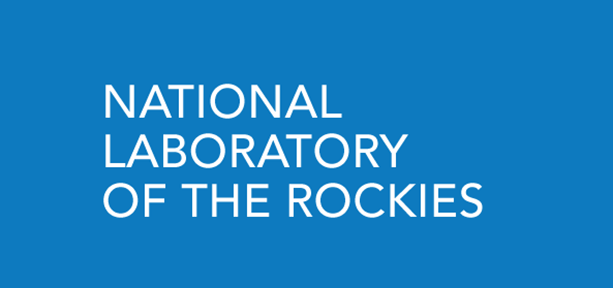PNNL Conversion TEA Models (PNNL-TEA)

Abstract:
PNNL-led techno-economic (TEA) modeling for the conversion of biomass to fuels and/or products via various feedstock/conversion pathways. These TEA models include: Hydrothermal Liquefaction and Upgrading TEA (HTL Upgrading TEA), PNNL Biological TEA (BC-TEA), Pyrolysis TEA (FP-TEA), and Syngas TEAs (IDL).
Model/Tool Platform:
Aspen Plus/Excel
General Modeling Type:
Engineering process
Primary analytical purpose:
Techno-economic analysis:
Technical and economic analysis of technologies or systems of technologies.
Secondary analytical purpose:
Feasibility/Implementation assessment:
Assessment of the feasibility or implementation of technologies and feedstocks in terms of operations or in the context of their landscape or market.
Metric categories:
- Environmental:
- Air Quality (non-GHG emissions)
- Environmental Productivity (feedstock-related, e.g., NPP or yield)
- GHG Emissions
- Water Impacts (quality and/or quantity)
- Socio-economic:
- Net Energy Balance
- Process Productivity (conversion-related, e.g., yield)
- Techno-economic Impact
- Other Socio-economic (e.g., GDP impact, Investment/NPV)
Geospatial resolution:
National
Temporal resolution:
Years
Laboratory:
PNNL - Pacific Northwest National Laboratory
Principal investigator:
Lesley Snowden-Swan
Model start year:
2009
Model last updated:
2020
Development status:
Fully Developed with periodic updates
Level of validation/review:
External Peer Review
Links:
Model scope:
Biomass Supply
Feedstock Logistics
Conversion
Distribution
End Use
- Feedstock Types
- Agricultural Residues
- Herbaceous Energy Crops
- Forest Residues
- Forest Resources
- Woody Energy Crops
- Solid Wastes (e.g., MSW, C&D, yard trimmings)
- Algae
- Wet Wastes (e.g., wastewater sludge, animal manure, food waste)
- Fats, Oils, and Greases
- Conversion Technology
- Lignocellulosic Biomass to Sugars
- Lignocellulosic Biomass to Gaseous Intermediate
- Lignocellulosic Biomass to Biocrude Intermediate (TC)
- Waste to Biocrude Intermediates (HTL)
- Waste to Gaseous Intermediate
- Biomass-Based Oil Extraction
- Syngas Catalytic Upgrading
- Oil Catalytic Upgrading
- Sugar Biological Upgrading
- Alcohol Catalytic (e.g., ethanol or isobutanol to jet)
- Algae to Sugars
- Algae to Biocrude Intermediate (HTL)
- Products/Process Outputs
- Transportation Fuels - Renewable Diesel
- Transportation Fuels - Renewable Gasoline
- Transportation Fuels - Renewable Jet
- Biopower
- Intermediate - Pyrolysis or Biocrude Intermediate
- Bioproducts
- Other Process Output
- Transportation Market Segment
- Light Duty Vehicles
- Heavy Duty Vehicles
- Trains
- Aviation
- Marine
1
2
3
4
Analytical Purpose
Supply Chain Elements
Biomass Supply
Feedstock Logistics
Conversion
Distribution
End Use
Information last updated: Mar. 10, 2020 15:11:40 EDT
